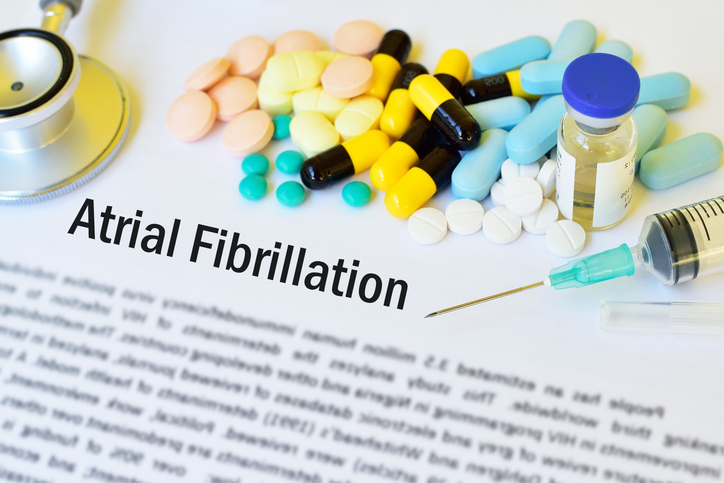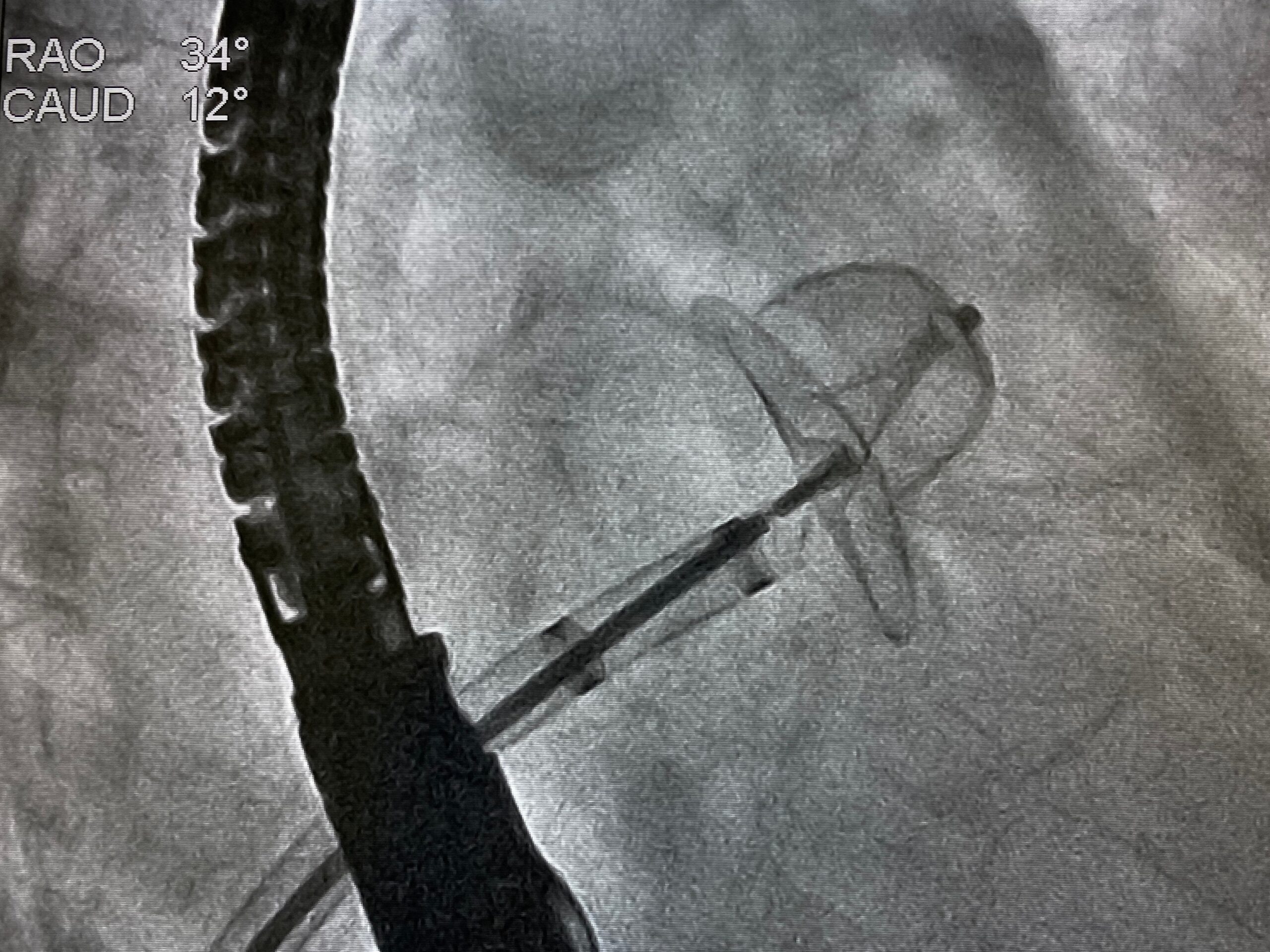
Therapies that can reduce risk of thrombosis without increasing bleeding complications are needed to improve stroke prevention in patients with atrial fibrillation (AF). In the PACIFIC-AF clinical trial, Jonathan P. Piccini, and colleagues identified an optimal dose for, asundexian, a novel inhibitor of coagulation factor XIa (FXIa), and further compared its incidence of bleeding to that of apixaban in patients with AF. Their report, published in The Lancet, concluded that “asundexian at doses of 20 mg and 50 mg once daily resulted in lower rates of bleeding compared with standard dosing of apixaban, with near-complete in-vivo FXIa inhibition, in patients with atrial fibrillation.”
Trial Design
Published in The Lancet, the randomized, double-blind, double-dummy phase II trial enrolled a total of 862 patients aged 45 years or older with AF and increased bleeding risk. Participants were randomized between three groups which received asundexian 20 mg or 50 mg once daily, or apixaban 5 mg twice daily—with additional stratification based on whether or not patients had received a direct-acting oral anticoagulant before the study’s start. The primary outcome of the trial was the composite of major or clinically relevant non-major bleeding events, based on the International Society on Thrombosis and Haemostasis criteria.
Asundexian Safety Findings
A total of 753 patients were included in the final analysis, of which 249 received asundexian 20 mg, 254 received asundexian 50 mg, and 250 received apixaban. According to the authors, patients in the 20 mg group had 81% inhibition of FXIa activity at trough concentrations and 90% inhibition at peak concentration; and patients in the 50 mg group had 92% inhibition at trough concentrations and 94% at peak concentrations. The incidence ratios for the primary safety measures, compared to apixaban (six events), were as follows: 0.50 for asundexian 20 mg (three events; 90% confidence interval [CI], 0.09–0.97), 0.16 for 50 mg (one event; 90% CI, 0.01–0.99), and 0.33 for pooled asundexian (four events; 90% CI, 0.09–0.97). Finally, the investigators recorded a similar rate for any adverse event between the three groups: 118 (47%) with asundexian 20 mg, 120 (47%) with asundexian 50 mg, and 122 (49%) with apixaban.
Ultimately, the authors advanced their data in support of asundexian as a potentially viable treatment option for stroke prevention in patients with AF with high risk of bleeding complications.
Find more recent articles on the DocWire Atrial Fibrillation Knowledge Hub.







 © 2025 Mashup Media, LLC, a Formedics Property. All Rights Reserved.
© 2025 Mashup Media, LLC, a Formedics Property. All Rights Reserved.